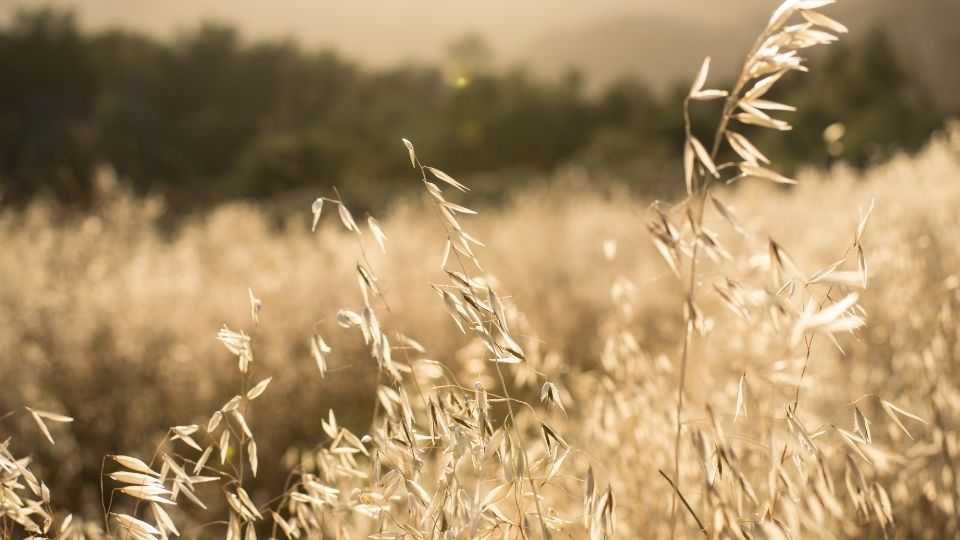Grazing And Burning Reduces Cheatgrass On Rangelands

Project Participants: Joel Diamond and Chris Call
Cheatgrass infested rangelands were grazed twice in May to reduce the incidence of wildfire and burned in October to reduce the number of viable cheatgrass seeds. After two years of treatments, cheatgrass declined in cover, density and biomass as well as a percentage of the plant community and was replaced by tumble mustard, clasping pepperweed, and Sandberg bluegrass, species were growing in the area. Numbers of cheatgrass seeds were also reduced from 20,000 per m2 in non-treated sites to 600 m2 in sites that were grazed and burned. The method was cost effective and suitable for creating fire breaks to reduce severity of cheatgrass wildfires or to protect areas of native vegetation.
For more information:
Read the article: Do Fence Me In: Cattle Enlisted in the Great Basin to Reverse the Cheatgrass/Wildfire Cycle (pdf)
See the poster: Effect of grazing and fire on seed dynamics and species composition of cheatgrass dominated rangelands (pdf)

